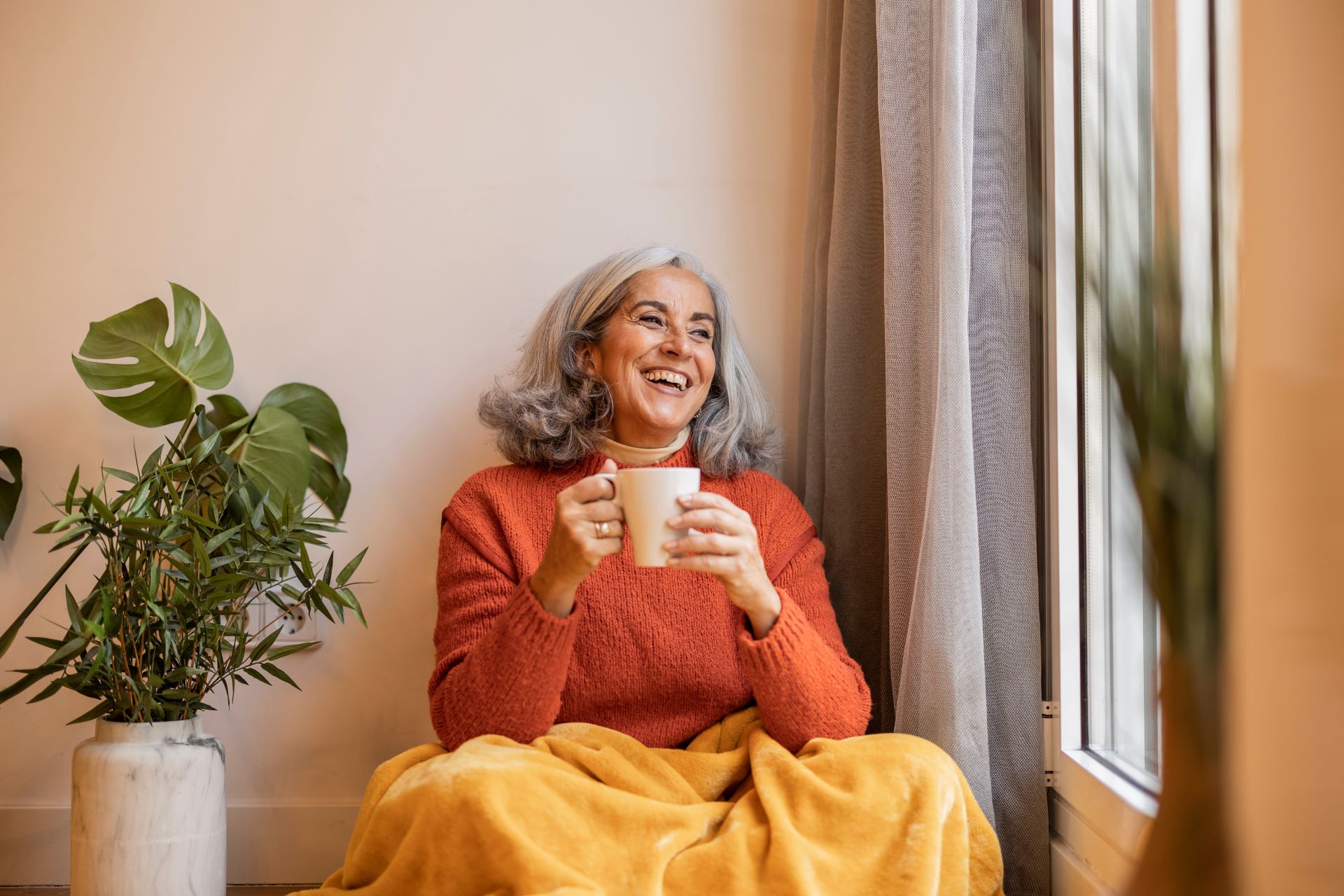The practice of senior citizens staying at home as they age is common in the Philippines. Ageing in place, as what it is commonly called, elders prefer to stay at home as they grow old. Some normally stay with their families who take care of them while some live alone in their own homes after their children leave the family home. It is rare in the Philippines that they seek to move to aged care facilities and senior living communities are still scarce in the country. Hence, it is important that homeowners are equipped with the knowledge regarding home modifications for seniors.
In addition to the basics of senior care, making the home safe as well as accessible is something important when older adults live at home. It is essential that they are able to move about comfortably in the home and function on their own without the danger of being hurt or getting involved in an accident. It would be ideal if the home remains to be a safe place where they are able to satisfy their need for independence inside the home. Hence, it is imperative to consider home modifications as an essential part of senior care to accommodate the needs of older adults.
FOCUS OF HOME MODIFICATIONS
- Preventing falls. Older adults experience difficulty in walking and maintaining their balance which often causes a fall. A simple fall may lead to broken bones that may eventually lead to hospitalization or even surgery.
- Increasing safety. Home modifications for seniors at home should aim to provide additional safety measures for them to freely move about inside the home.
- Maintaining functionality and independence. Home modifications should be a way to help aging adults to still function according to their capability. Hence, home modifications should be a way to help them independently move about inside the home.
- Improving overall physical health and general well-being. A home where seniors may freely move about helps them achieve better physical health compared to an environment where movement is not allowed. A number of seniors derive their happiness from the ability to do things on their own or share activities with other members of the family inside the home.
- Eliminating the possibility to seek shelter in an adult facility. A home that caters to the needs of an aging adult diminishes the idea of seeking shelter outside of the home. In the Philippines, families prefer to keep and take care of aging members of the family inside the home. For seniors living alone, a home that offers ways for seniors to move about safely on their own, eliminates the possibility of being transferred to an adult facility.
COMMON HOME MODIFICATIONS FOR SENIORS
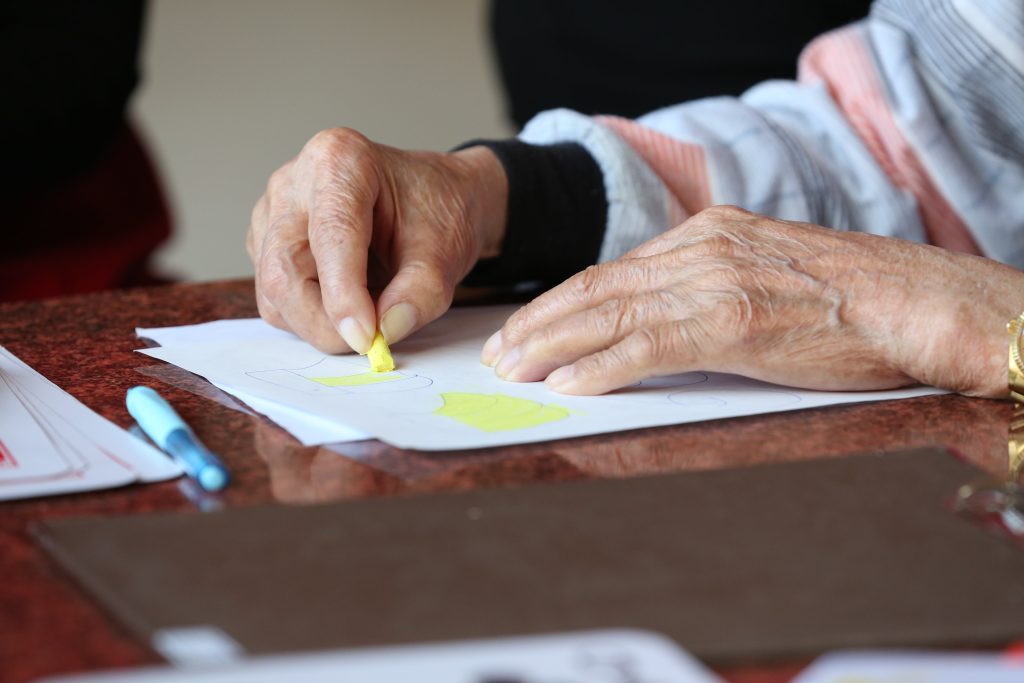
- CONSULT WITH AN OCCUPATIONAL THERAPIST. Home modifications for seniors at home normally starts with enlisting the help of an occupational therapist. The occupational therapist is an expert when it comes to the assessment of the needs of seniors as well as recommendations ranging from minor to complex home modification solutions tailor fit for seniors in the home. Moreover, the occupational therapist’s role is to project how one senior’s needs change. It is critical to understand that aging is a progression and if there is a need to make lifelong modifications through a single project, it is only the occupational therapist who can come up with the appropriate recommendations.
- LIGHTING. The simplest and cheapest way to increase safety in the home is providing better lighting. Installation of additional lighting is beneficial for seniors who have difficulty seeing and moving about in low-light conditions. Using motion-sensor lights and night lights is a great way to help aging adults. Aside from allowing them to see clearly, well-lighted rooms allow their mobility and avoids bumps and other unnecessary accidents specially at night. For this reason, night lights are also a necessity for the senior to safely navigate their way should there be a need to use the toilet, for example. Night lights may also be very useful in the stairway or in any area that older members of the family may go to during the night. They might also benefit from having easy access to light switches and power outlets.
- HANDRAILS. In the bathroom, installing handrails beside the toilet and in the shower area prevents slips and falls. Handrails may also be considered along a corridor or a passageway commonly used by the senior for a more elder-friendly home.
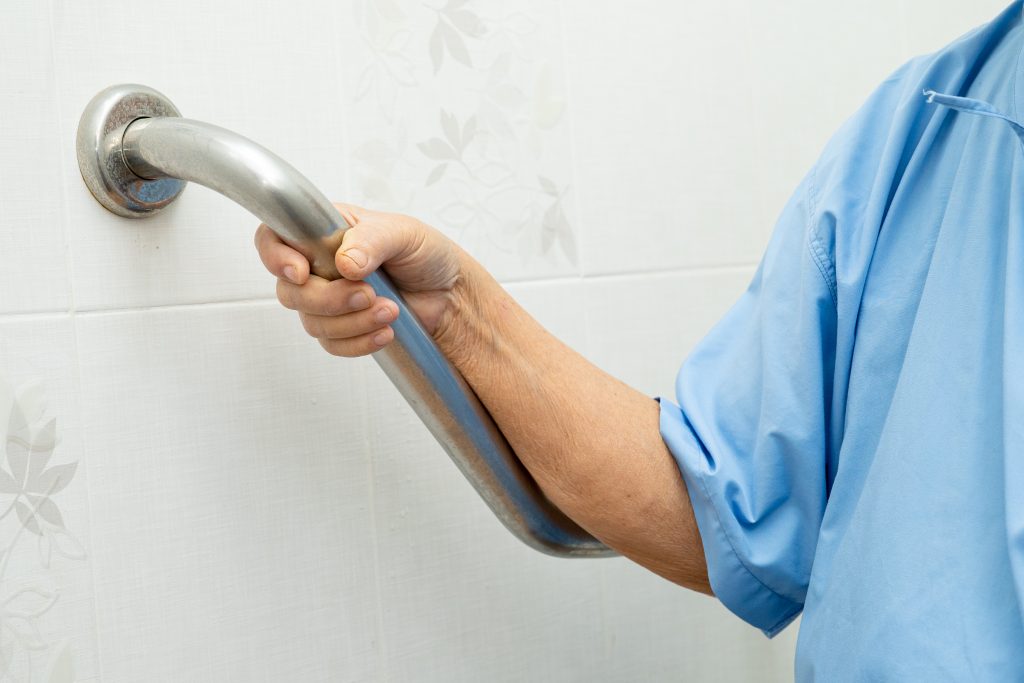
- LEVEL SURFACES AND NON-SLIP FLOORING. It is important to consider if there is a need to replace old flooring, uneven surface and steps with slip-resistant flooring. There is a need to get rid of trip hazards such as carpets and rugs as well as cords and other unnecessary clutter. If possible, avoid the use of throw rugs as well as area rugs.
- ADD RAMPS. It would help if steps could be replaced with ramps since it is easier to walk on specially if the senior is walking with a cane or using a wheelchair. Ensure that ramps installed are sturdy enough and has high traction surface.
- INSTALLATION OF A LIFT OR A STAIR LIFT. Ideally, it is better to downsize to a single level home. There are a number of house and lot for sale in Dasmariñas, Cavite that will address this need. If not possible due to one reason or another, an option may be to provide the aging adult a room in the downstairs area to avoid the use of the stairs. However, if this is still not possible, installing a lift or a stair lift may be a more practical option. It is a safer way to avoid injuries when climbing up or going down the stairs.
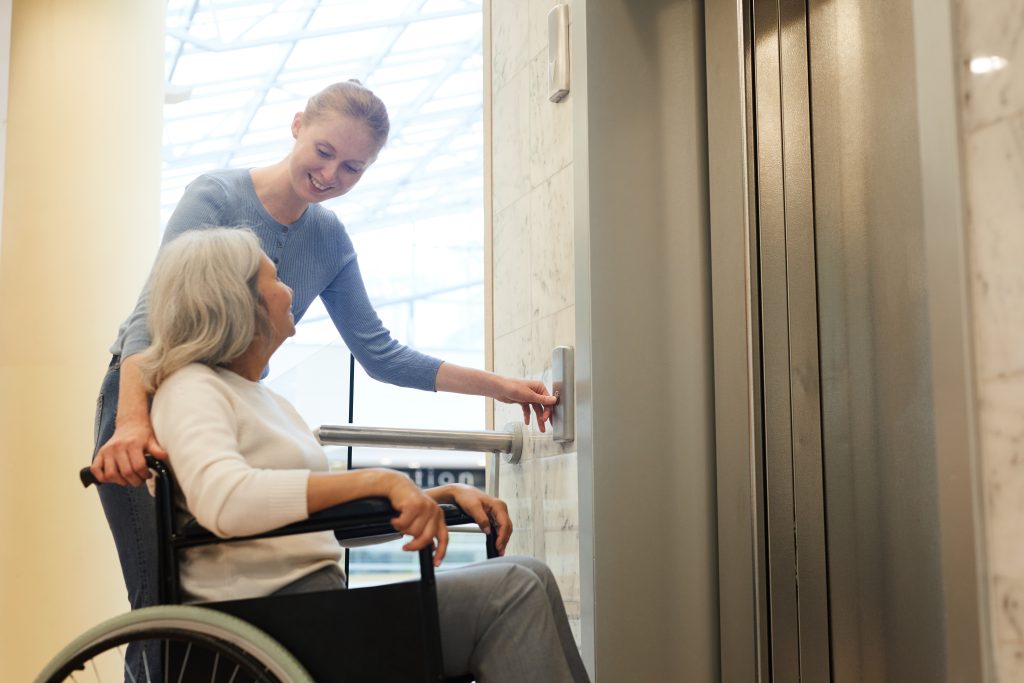
- REDUCE GLARE. In order to make a home senior-friendly, it is advisable to use a light but glare-free color of paint on walls and white paint on ceilings. In addition, floors should not be waxed for safety reasons as well as to avoid glare. This will help seniors with low-vision to compensate for their sensory loss.
- CONSIDER WHEELCHAIR ACCESSIBILITY. Improving accessibility in a senior-friendly home means better mobility for the senior to remain useful at home. Therefore, home modifications to address this need is essential. To achieve this, all areas should be freed from clutter that would hinder movement of the wheelchair. Entryways and passage ways should be made wider and ramps should be provided as well.
- KITCHEN MODIFICATIONS. For older adults who are still kitchen savvy, countertop heights, sinks and kitchen cabinets should be adjusted to an accessible height. The same is true with any light switches and electrical outlets since they need to be accessed easily. Items used frequently should be stored in lower cupboards. Consider the installation of a pull-out pantry. Aside from usability, seniors will find this convenient since this decreases the possibility of the occurrence of strain for the senior’s back and knees. Accessible kitchen storages like pullouts and pull-down shelves are more practical. Cabinets and shelves pulled are safer and present less risk for injuries compared to having the aging adult crouch down to reach for something from a lower cabinet or to climb on something to reach for something located in a much higher storage.
- BATHROOM MODIFICATIONS. In addition to installation of hand rails or grab bars, raising the toilet seat as well as providing shower seats and non-slip mats are safer for older adults when they use the toilet and bath. Handheld showers may also be safer and more convenient to use and pressure and temperature may easily be controlled. It may also help if the toilet and bathroom floors are kept dry at all times. Enough lighting and the use of night lights is also beneficial inside the toilet and bath. A light and glare-free wall paint may also be helpful inside the toilet and in the bathroom.
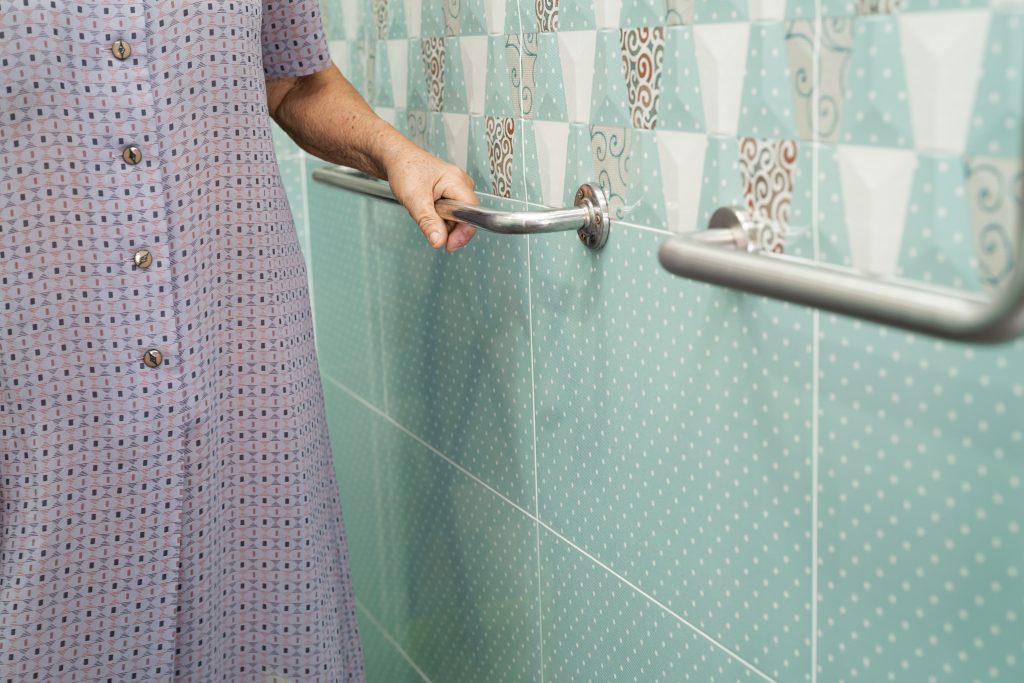
- USE OF TECHNOLOGY. Senior adults who are living alone may be kept safe through the use of technology. Relatives will be able to monitor their daily activities through sensors or cameras inside the home. Investing in home smart products is a practical way to make the home a safe place for the seniors is a practical way to retain their functionality and quality of life. Providing them with cell phone that they may use to call relatives for something they need or if they need assistance is also helpful. A GPS tracker for seniors with issues on their memory is also a way to track and monitor them.
- LEVER HANDLES INSTEAD OF DOOR KNOBS. Another low-cost home modification is replacing existing door knobs with lever handles. They are easier to use particularly if the senior has grip issues or has arthritis. However, if resources for home modification will allow, consider replacing doors with automatic sliding or swing doors. This will totally eradicate the use of door knobs and lever handles. Automatic sensors may also be added to eliminate strain from opening and closing doors plus they minimize, if not totally eradicate, the occurrence of unnecessary accidents and bumps in the doorways.
END NOTE
For seniors to age in place, consider home modifications as necessary to decrease the risk of unnecessary accidents as well as to provide the best quality of life as they age. Being able to independently move about with confidence can be a factor to add years to their life. Home modifications are essential to keep the home safe and decrease if not eliminate possible problems that may endanger the life of the aging adult. Bear in mind that the senior members of the family will feel settled at home where they feel safe, useful and cared for.


